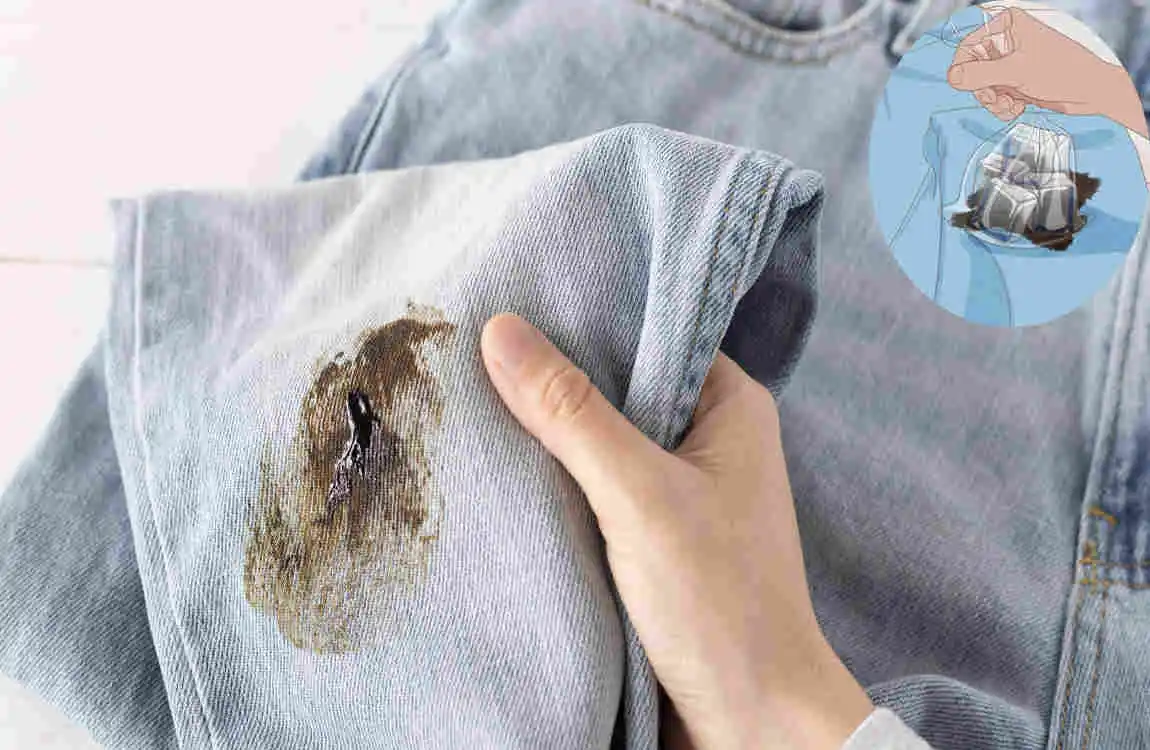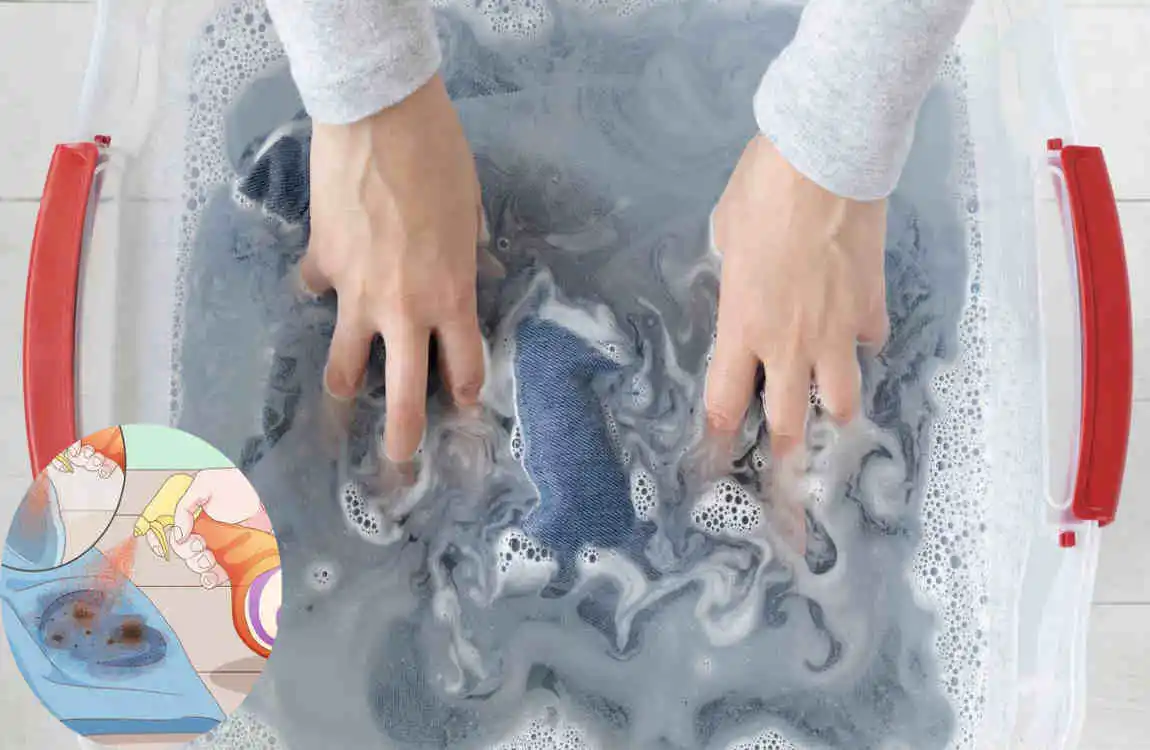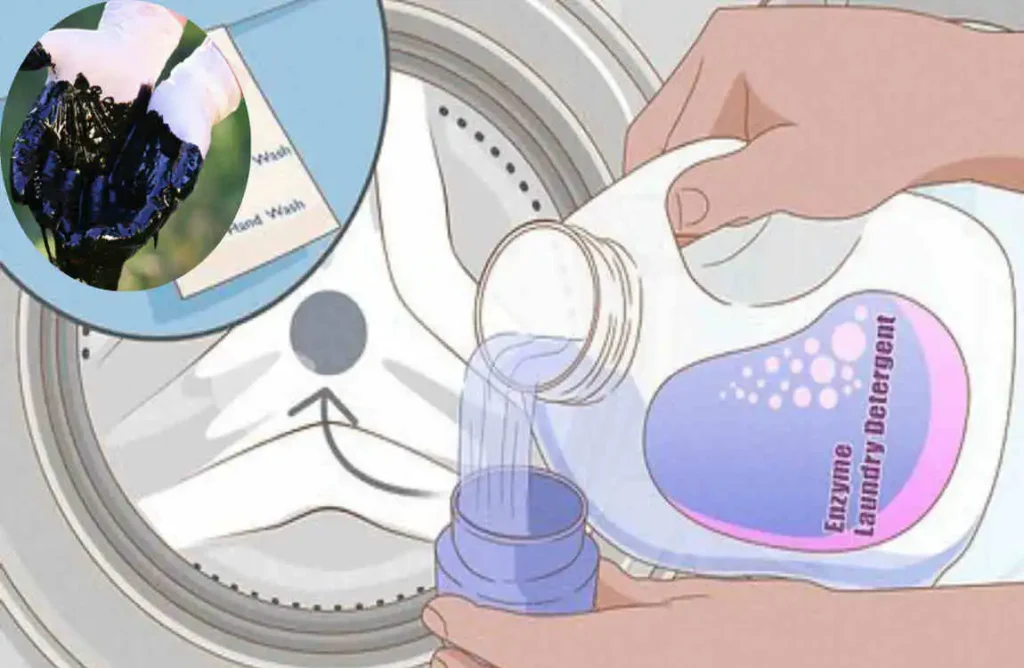Removing roofing tar from clothes at home can be challenging, but it is definitely manageable with simple household items. The key is to act quickly and use gentle yet effective cleaning methods, such as applying cooking oils (e.g., mayonnaise or peanut butter), using mild detergents, or lubricants like WD-40, to break down the tar. After loosening the tar, careful washing with warm water and soap helps remove the stain without damaging the fabric. These easy tips make tar removal less stressful and restore clothes to their home cleaning state without harsh chemicals.
Typical scenarios where roofing tar may get on your clothes

Roofing tar is an essential material for sealing and waterproofing roofs, but its sticky nature can easily transfer to clothing. One of the most common scenarios involves DIY roof repairs. Whether you’re patching up leaks or applying a new layer, it’s easy to brush against wet tar accidentally.
Another frequent situation occurs during home renovations. If you’re replacing shingles or working with old roofing materials, you might find yourself covered in this gooey substance without even realizing it.
Even casual encounters can lead to unintended stains. For instance, leaning against a freshly repaired surface while checking on progress could leave you with unwelcome marks on your clothes.
If you’re helping friends or family with similar projects, be mindful that roofing tar often sticks around long after the job is done—on tools and equipment too!
Immediate steps to take when tar gets on clothing
When roofing tar makes its way onto your clothes, swift action is essential. First, resist the urge to rub or scrub the stain; this can spread the tar and make it worse.
Gently scrape off any excess tar using a dull knife or spoon. Be careful not to damage the fabric while doing this.
Next, place a paper towel or cloth underneath the stained area to catch any falling debris and avoid spreading it further.
If you have ice cubes on hand, use them! Rubbing an ice cube over the stain can help harden the tar, making it easier to remove. Once hardened, carefully lift away as much of it as possible without damaging your clothing.
Act quickly; time is of the essence when tackling stubborn stains like roofing tar.
You may also read (what are the top tips for a home cleansing).
Cleaning methods using household items

One of the easiest ways to tackle roofing tar stains is by using everyday household items. These can be surprisingly effective.
Vegetable oil or olive oil works well to break down the sticky texture of tar. Apply a small amount directly onto the stain, let it sit for a few minutes, and then gently rub with a cloth.
Another option is rubbing alcohol. Dab some onto a cotton ball or clean cloth and blot the stained area. This method can help dissolve the tar without damaging your fabric.
Dish soap mixed with warm water also proves helpful. Create a soapy solution, soak a sponge in it, and dab at the stain until you see progress.
For tougher spots, try using baking soda sprinkled over an oiled stain. It acts as an absorbent that can lift away stubborn residues effectively.
Tips for removing stubborn tar stains
Stubborn tar stains can be tricky, but don’t lose hope. Start by reapplying your chosen home cleaning solution to the stain and let it sit for a few minutes. This allows it to penetrate deeper into the fabric.
Next, use a soft-bristled brush or an old toothbrush to scrub the area gently. Be careful not to damage the fibers of your clothing while working on it.
If you’re still struggling, consider mixing baking soda with water to create a paste. Apply this paste directly onto the stain and let it dry before brushing off any residue.
Sometimes, multiple treatments are necessary for older stains. Patience is key here; repeat steps as needed until you see improvement.
Once you’ve tackled those stubborn spots, wash your garment in warm water according to its care label instructions for best results.
Precautions and safety measures while removing tar from clothes
When tackling roofing tar on your clothes, safety should be a priority. Start by wearing protective gloves. This prevents skin irritation from contact with the tar or cleaning agents.
Ensure you’re working in a well-ventilated area. Fumes from solvents can be harmful. Let fresh air circulate by opening windows and doors
Before applying any cleaning solution, test it on an inconspicuous fabric area first. This will help you avoid damaging the garment or altering its color.
Use old rags or paper towels for blotting away excess tar; don’t rub aggressively, as this can spread the stain further.
Keep children and pets away from your workspace to prevent accidental exposure to chemicals used in the process.
Wash your hands thoroughly after finishing up, even if you wore gloves throughout the task.
You may also read (how to clean safety flooring at home easy house cleaning tips).
